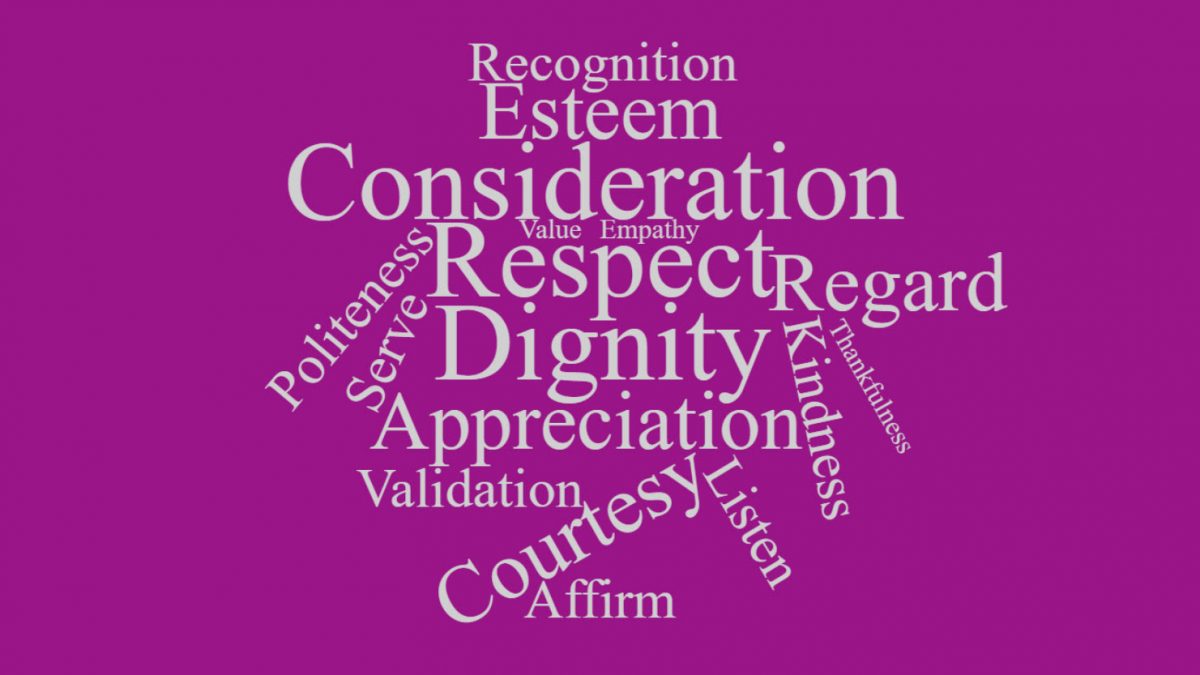Respect in the Workplace: Why it’s Crucial
Bullying, harassment, abuse, and discrimination can hurt a business. These behaviors can result in low employee morale, decreased quality of work, reduced productivity, a hostile work environment, absenteeism and higher usage of sick leave, increased workers’ compensation claims, costly legal issues, bad public image resulting from negative publicity, lack of employee loyalty, and extra costs to recruit and train new employees as a result of high staff turnover.
But how does one ensure that employees and businesses are protected against these things?
Through respect in the workplace.
Companies should practice this, not because they’re worried about poor performance or lawsuits, but because it’s the right thing to do.
“Every human being, of whatever origin, of whatever station, deserves respect. We must each respect others even as we respect ourselves,” said the American philosopher and abolitionist Ralph Waldo Emerson.
Research in North America suggests that more than one in three employees have experienced bullying, abuse, harassment, or discrimination in their workplaces. Workplaces should be a safe place for employees, and nurturing respect is one of the best ways to put an end to these behaviors.
Vala Afshar, author of The Pursuit of Social Business Excellence, said: “We are not a team because we work together. We are a team because we respect, trust and care for each other.”
In respectful workplaces, incidents of bullying, harassment, and conflict are reduced. But research by Marquette University professor Kristie Rogers found that many leaders have an inadequate understanding of what comprises workplace respect.
Velsoft’s Respect in the Workplace course provides tools to foster this understanding, and in turn, prevent bullying, harassment, abuse and discrimination.
The course, available as instructor-led learning or eLearning, examines how to cultivate respect in a workplace; how to identify and address unconscious bias; how to identify power dynamics in the workplace; empowering bystanders to take effective action; understanding and managing common emotions in the workplace; and mental health outcomes of prolonged or unaddressed disrespectful behavior.



